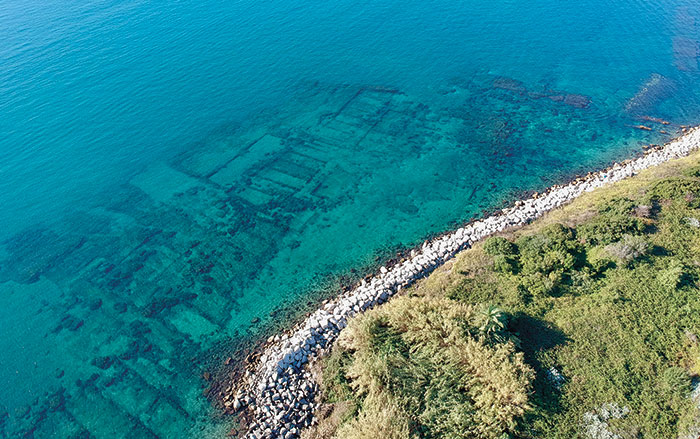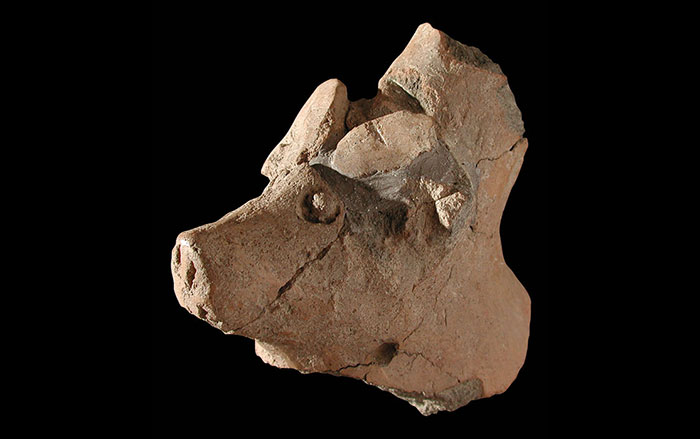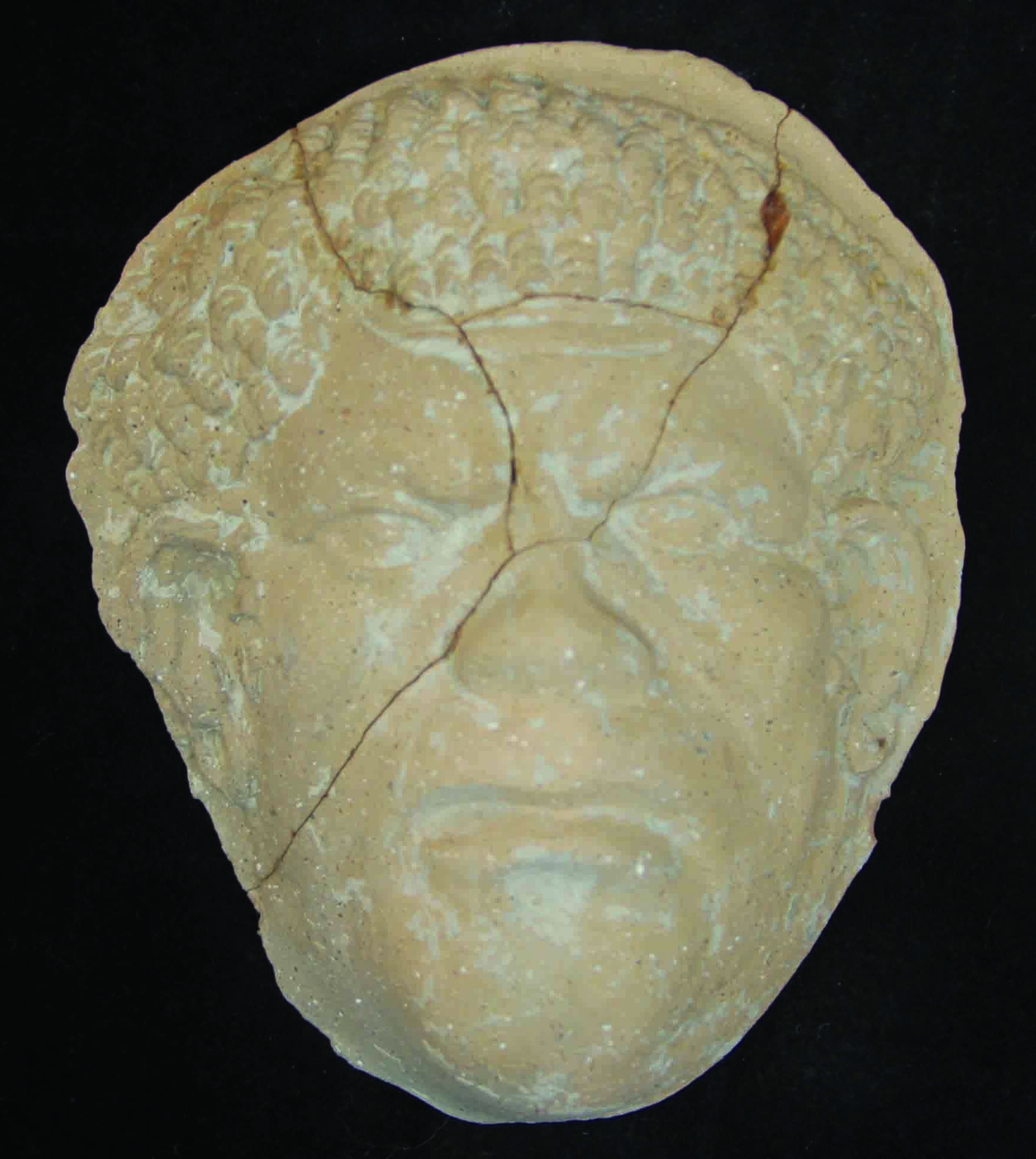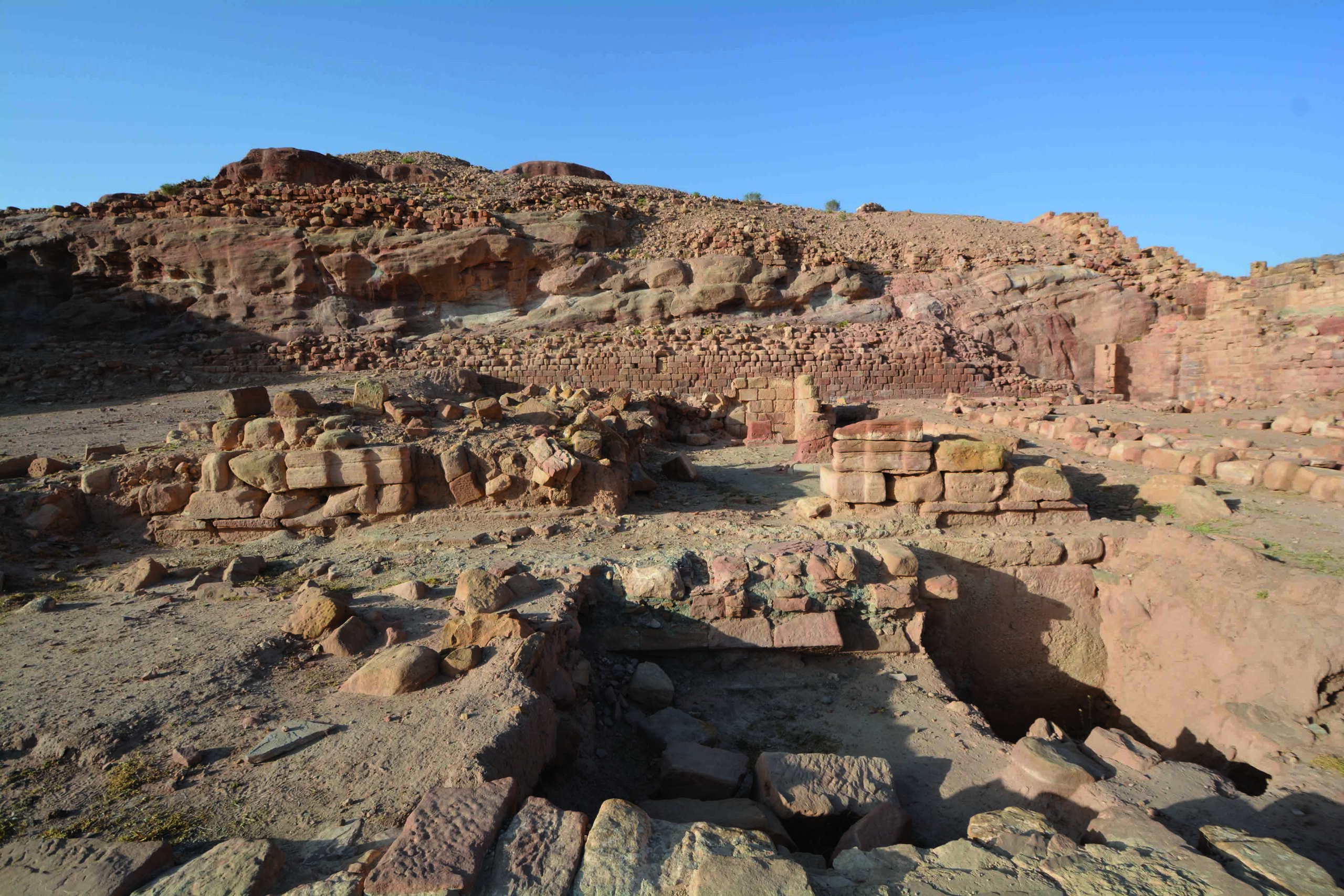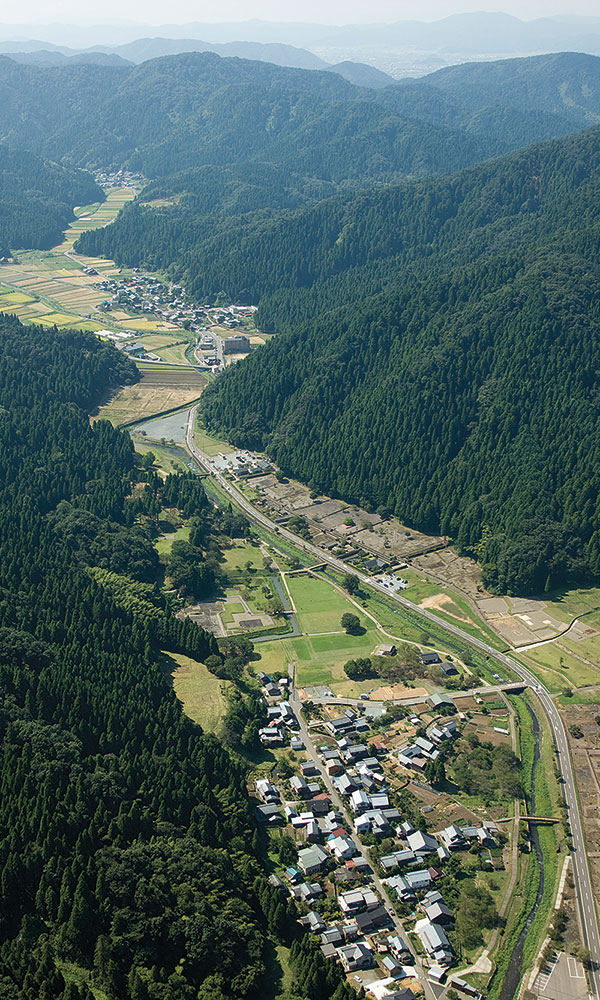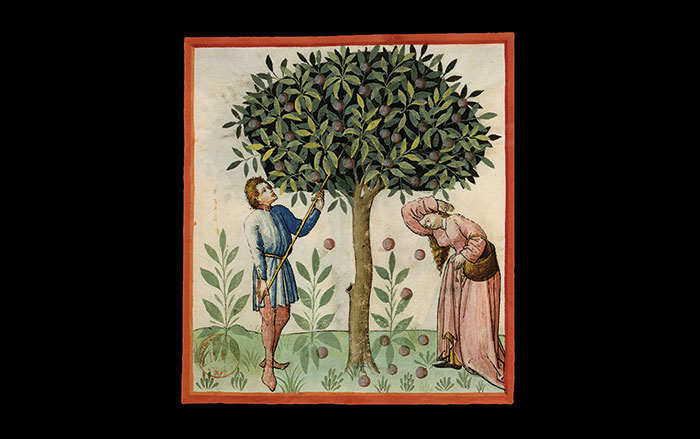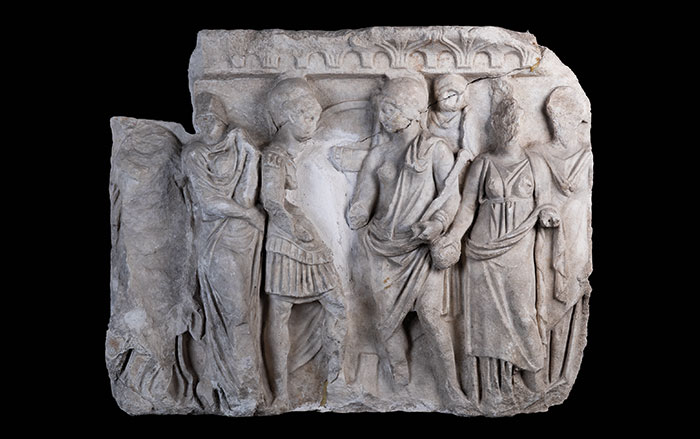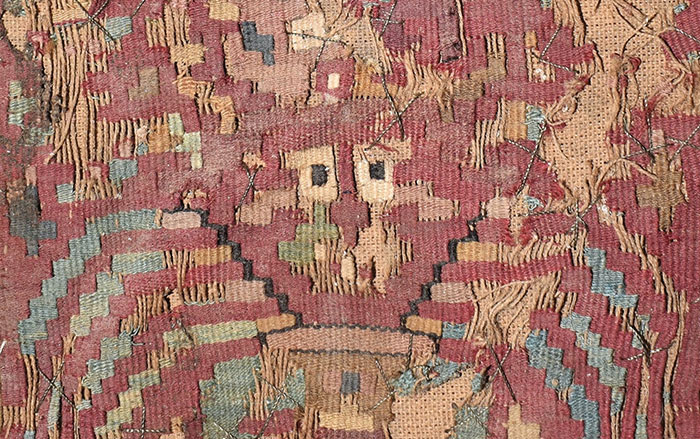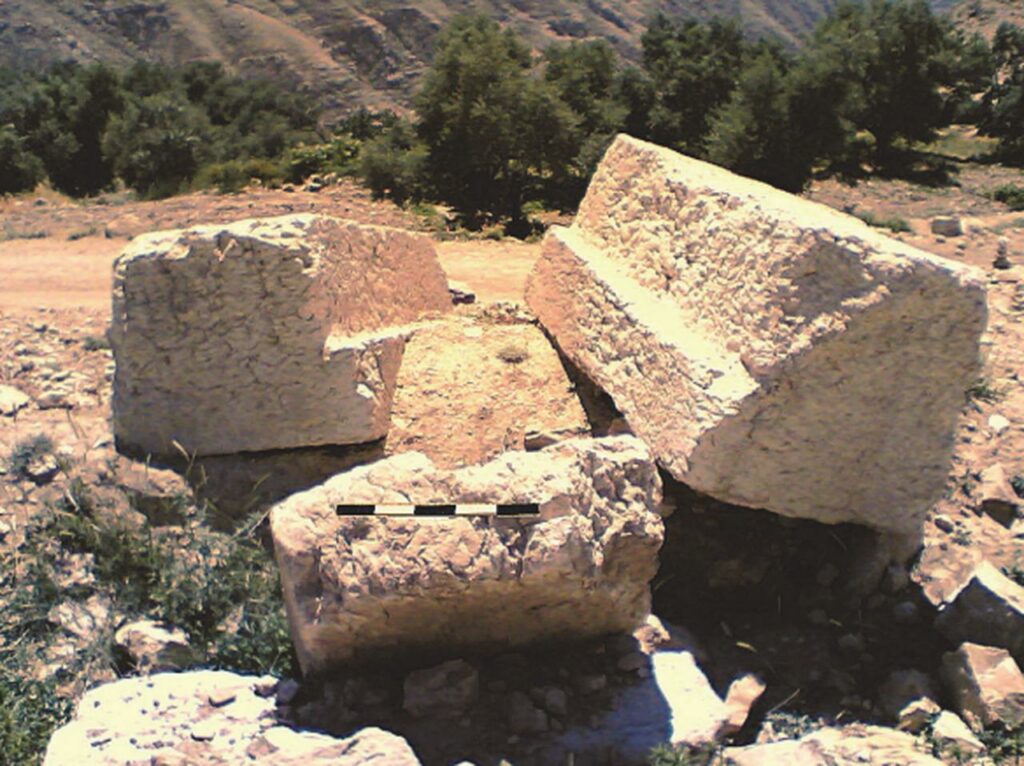
EL-ʿIRAQ, JORDAN—Archaeologists believe they have rediscovered the lost Byzantine city of Tharais in southern Jordan, according to a Türkiye Today report. The settlement is thought to have been an important religious and trading center along the Roman and Byzantine road network connecting Zoar to central Jordan. The city appears on the famous sixth-century a.d. Madaba Mosaic Map, the oldest surviving map of the Middle East, but its exact location has remained a mystery. Over the past several years, an archaeological project has reexamined historical documents and inscriptions, while conducting field surveys outside of the modern town of El-‘Iraq near the southeastern edge of the Dead Sea. The team recovered compelling evidence for the existence of Tharais there, including ceramics, Greek and Latin funerary inscriptions, and fragments of mosaic floors. However, archaeologists were most convinced by the discovery of the ruins of a Byzantine church and other structures that seem to match the representation of the city on the Madaba Mosaic Map. “The prominence of Tharais on the Madaba Map and the discovery of a basilica church structure suggest that it served not only as an agricultural village but also as a sacred site and commercial rest stop,” said Mutah University archaeologist Musallam R. Al-Rawahneh. Read the original scholarly article about this research in Gephyra. For more on what is depicted on the Madaba Map, go to "Letter from the Dead Sea: Life in a Busy Oasis."



